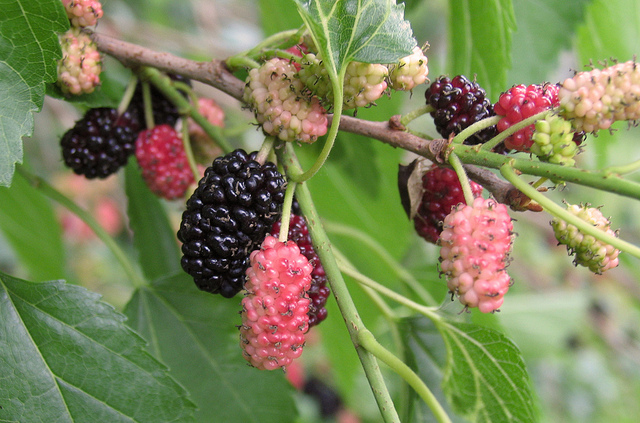
Ripening Red Mulberries, photo by Layla Dishman
Five newsletters ago it was mentioned the Mulberries were in blossom. This week I ate my first Mulberries of the season. Looking like over-grown blackberries but completely sweet you eat all of them except the short stem… or you can eat that, too. In fact, I just nibble them off the tree. Like many fruit trees they are highly seasonal, producing for perhaps a month though with a bit of travel you can extend the season. You have to work with its schedule not yours. The Mulberry is also considered a trash tree locally because it drops a lot of purple-black berries on oh-so-clean sidewalks and manicured lawns. In fact, they’ve even bred a fruitless kind… have your mulberry but don’t eat it, too… Don’t forget the young leaves are edible cooked. To read more about the Mulberry go here. To see my video on Mulberries, click here.
Held foraging classes in South Florida this past weekend, travelling nearly 600 miles and getting a mild sunburn… better than a mild frostbite… The first class was way down in Naples, about five miles north of where you turn east to cross Alligator Alley for the 100-mile dash through the everglades to the east coast. The foragable finds of the day were the Creeping Cucumber (we should coin a better name of that plant) and Coco-plums.
The Creeping Cucumber demonstrates foraging in a 400-mile long state. In Naples the fruit was not only ready for picking but some fruit were ripe enough to collect seeds for propagation. Mid-state they are small vines not quite blossoming and in Jacksonville the frost-intolerant cuke is barely up. Mentioned many times in recent newsletters the Creeping Cucumber makes a nice trail-side nibble and salad ingredient. Oddly they don’t pickle well. To read more about the jelly-bean size cuke click here.
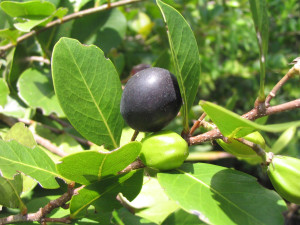
Coco-plum is a tasty headge shrub, photo by Open Space Restoration
The Coco-plums in Naples were ripe for the picking. They do resemble a small plum with an almond-like seed inside. Made into jam and jellies or eaten out of hand, the pulp is often disparaged by writers and called forgetable. It is mildly sweet and has a texture similar to wet marshmallow fluff. It is not a competitive commercial texture but tasty enough. The seed however, removed from it’s woody hull, tastes like Granola. Ripe Coco-plums can be red, white or blue, or dark purple. The most common variety used in landscaping in south Florida is the Chrysobalanus icaco var. pellocarpus, the so-called “red tip” because its young leaves are ruddy. Oddly Coco-plums are about six weeks apart from the west and east coast of Florida at the same latitude. I have noticed the difference many times. This past weekend in West Palm Beach the plants were fruiting but unlike in Naples no where near having ripe fruit. You can read about Coco-plums here.
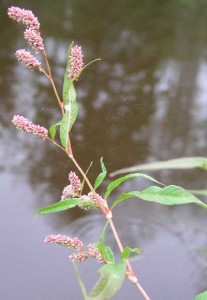
Smartweed has a pepper-like brun, photo by Ontario Wild Flowers
In West Palm Beach where it rarely gets truly cold the last of the “winter” foragables were everywhere: Pellitory, Poor Man Pepper Grass, and False Hawks Beard. We saw Amaranth and a lot of non-native Oxalis. The day saw nibbling on Smilax tips, Purslane, a few dried Dove Plums, just-sprouting and the ever-popular blossoms of the Blue Porterweed, which is something of a Green Deane Special being the first foraging website to mention their edibility. The class location, Dreher Park, also has an excellent large Silk Floss Tree (Ceiba speciosa.) Totally covered with huge thorns it has an edible seed oil. Perhaps it is not a practical edible but it is an impressive sight. Not at the park but seen while crossing the state were perhaps the last of the seasonal wild mustards. Taking the mustards place beside the roads is the Mexican Poppy, a non-edible that looks similar when going 65 mph.
Botany Builder #25: Pinna, the primary division of a pinnate leaf. Pinnation is often a difficult concept for non-botanists to grasp. Pinna is Dead Latin for feather. For example palms are either feather palms or fan palm (the fronds look like either a feather or a fan.) That’s not difficult. But then there is double pinnated and triple pinnated (and occasionally palmately pinnated as in the Chocolate Vine recenly covered.) In their own way pinnated leaves are similar to fractals; whether you look closely or from far away the arrangement is the same. Look at the picture at left. The smallest part you can see is a pinna. It makes the tiny stem they are on look like a tiny feather. But, those tiny feathers attach to a larger stem making it, too, look like a feather, and those attached to the main stem making it also look like an even larger feather. Triple pinnated. Said another way the shape of the frond is repeated. The pinna make up a tiny frond which make up a larger frond which make up the largest frond. All of that is one leaf comprised of many leaflets.
New Articles: Birches are one of the more versatile trees of the forest. To read about them go here.
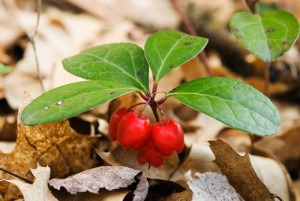
Wintergreen stays green under the snow, photo by Herbal Extracts Plus
Some winter plant facts: As the days grow shorter and the pre-dawn temperatures drops to around 25F trees begin to produce abscisic acid. It’s a stress hormone that travels through the sap activating some genes which in turn make cryoprotectant solutes in the cells: It’s plant antifreeze that’s good to about 40 degrees below zero. This is why trees explode when the mercury drops below -40. The anti-freeze no longer protects them and the sap turns to ice which expands and shatters the tree. The autumn dropping of leaves is more related to drought than cold temperatures. Winter is a dry spell. Trees lose 90% of their water through their leaves. Drop the leaves you save water. Just like some trees some plants stay evergreen in winter. Chickweed, a fleeting annual locally, actually germinates under the snow, non-native Japanese knotweed says greens under the snow as does the native Wintergreen hence the name. It keeps its red berries all winter so they are easy to spot when the snow begins to melt… and the snow melts from the bottom up, not the top down.
Can two people independently come up with the same bad idea? The answer is yes when the idea is Daylight Savings Time, which we went back on last Sunday. A bug collector and a golfer in different parts of the world came up with the idea of Daylight Savings Time, and were correctly ignored until World War I. We flip back and forth every spring and fall though it now costs us more than it saves… Daylight Wasting Time or Daylight Slaving Time, take your pick… Only the government would cut a foot off one end of a blanket, sew it on to the other end and call the blanket longer. Personally I loathe the flipping and stopped doing it years ago. I stay on solar time and ignore Daylight Savings Time. To read more about time change click here or here.
Green Deane videos on DVD: This week I have the tedious task of auditing all nine of the DVDs with 135 videos to make sure they work, that is when you are on disk 5 and you click on video 74 that video 74 pops up and plays video 74 not video 68. In some cases, particularly the earlier videos, the quality is slightly better than the originals, particularly if played in a small format like the originals. We ran the older videos through some enhancing programs to improve them a little. They do not have the errata corrections that are annotated on You Tube but there is a short list of them on the website. The errata mostly involve my senior moments with Sonchus and Lactuca names… Dead Latin should stay dead. All the videos were made by me and a little Flip Camera so sometimes it was only in editing did I notice a slip of the tongue or the like. Fortunately they’re only minor issues. After the auditing the only thing left to do is label printing, which might also get solved this week. One would not think so but label weight can throw a DVD off so it won’t play… a tiny but important detail to take care of. I also need to create a page to order them et cetera. But, the DVDs will be ready if not in a week then two. Some people ask why order DVDs of videos that are for free on the Internet. There are several answers including people on dial up, or with slow or bad service, or no service. Some just want a copy for their own.
Upcoming Foraging Classes
Saturday, March 23rd, John Chestnut State Park: 2200 East Lake Road, Palm Harbor, FL 34685, 9 a.m.
Sunday, March 24th, Mead Garden: 1500 S. Denning Dr., Winter Park, FL 32789. 9 a.m.
Saturday, March 30th, Boulware Springs Park, 7902 S. E. 15th St., Gainesville, 32601, 9 a.m.
Sunday, March 31st, Jervey Gantt Recreation Complex, 2390 SE 36th Ave., Ocala, FL, 34471, 9 a.m.
Saturday, April 6th, Colby-Alderman Park, 1099 Massachusetts Street, Cassadaga. Fla. 32706. 1 p.m.
Sunday, April 7th, Mead Garden: 1500 S. Denning Dr., Winter Park, FL 32789. 9 a.m.

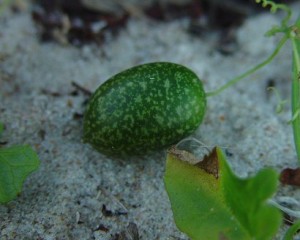
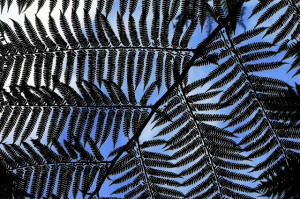

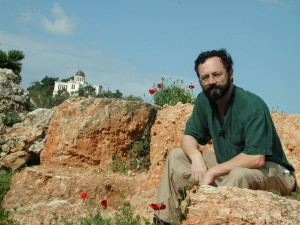

Eagerly await the DVDs. I will put them to play continuously on my home 56″ flat screen TV. Want to stay for dinner?
Even in nearly frost free Berkeley, CA, our mulberry trees don’t even have leaves on them yet! Fascinating.
Great idea, cant wait to get the set! I am looking foward to meeting you at the upcoming palm harbor class. Thanks for your the fecund lessons, and sharing your expertise…Best, Steve
Deane,
You have one of the best things going in my life. Glad I met you and hope to integrate a
much of your information into my lifestyle as possible
Yes… but shorten the time as it will work immediately within hours.
how wonderful we used to climb up get filled up those juicy mulberries(dut in turkish) in izmir, turkey… thanks for amazing , delicious ideas about fruits and herbs
djemal
Hey Mr Deane-I am in Ocala-there are lots of the paper mulberries here but so far this year I havent noticed any berries. Two years ago I noticed a squirrel eating the orange berry so I tried it. Didnt know the nameof the tree until I started getting you newsletter recently.I would like to talk to a local expert about some of the plants I see walking around. Did find some wild mustard.
Thankful indeed for the useful information. I’ve gained alot from the “Botany Builder #23. I also like the analogy (abscisic acid & stress hormone, cryoprotectant solutes in cells & antifreeze ) and intermarriage between chemistry, botany & physics that has been expressed in reasoning why trees are” shaterred” in winter . I wish science teachers would follow suit in science lessons. Melothria pendula fruit reminds me of my primary school days a long time ago in Kasala Town (eastern Sudan & indeed throughout Sudan) pupils used to serve everyday at least one raw fruit of “Tibish ” as a salad dish with hot pepper and lime juice. I assume “Tibish” is our native for “Melothria pendula”. No doubt, both “melons ” belong to the family Curcurbitaceae. I can observe much similarity between Tibish & what has been said about Melothra pendula in the Newsletter. The Genus of Tibish is Cucumis. It has been proposed(Refer to: http//cuke.hortncsu.edu/cgc22/cgc22-9.html ) that it could belong to another intra-specific group of melon according to the description of the plant by the authors in the reference sited.